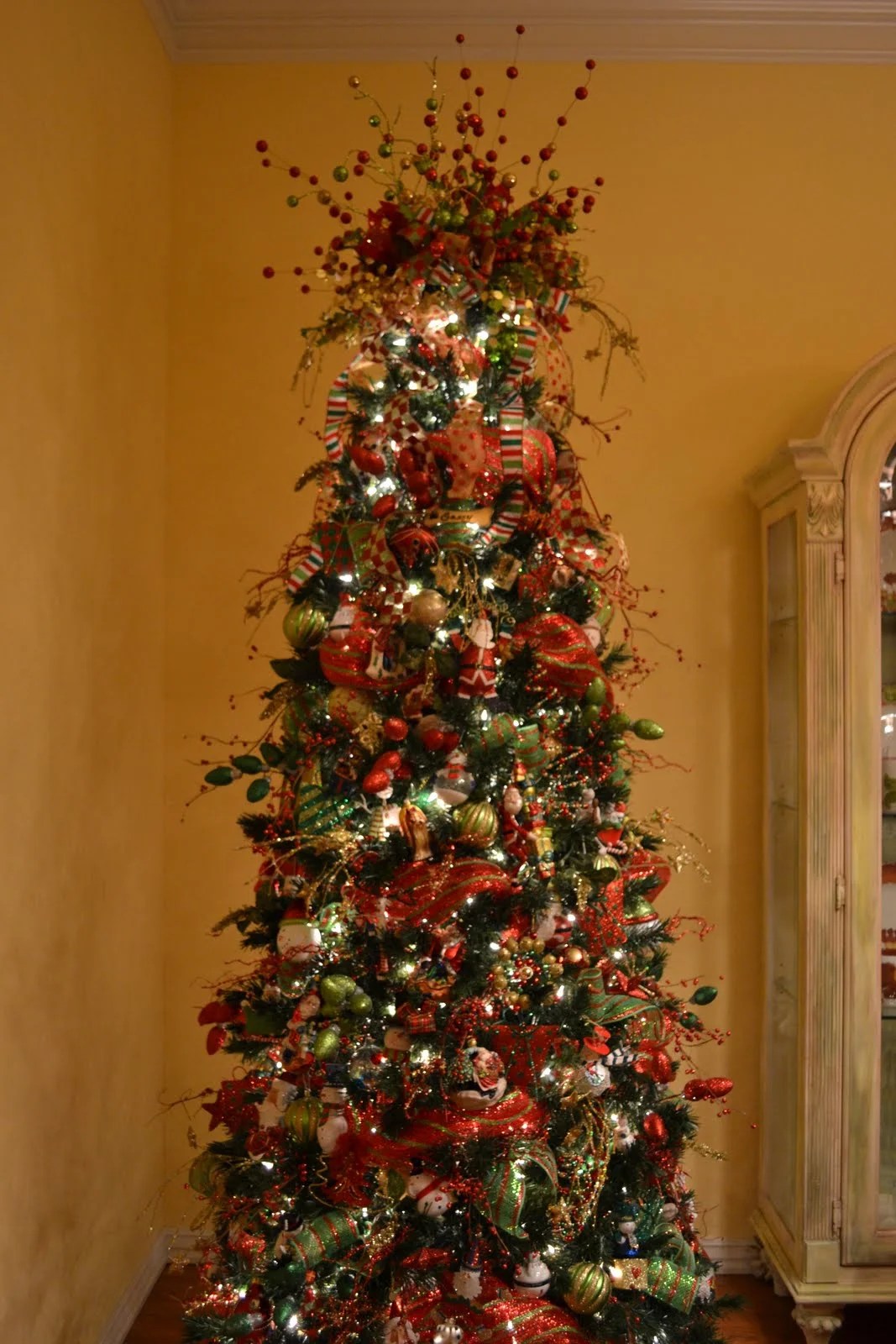5 Fascinating Reasons We Decorate Trees for Celebration

When the festive season rolls around, one of the most heartwarming and visually enchanting traditions that unite people across different cultures and religions is the practice of decorating trees. This age-old tradition, deep-rooted in history, brings joy, hope, and a dash of magic to our lives. But have you ever wondered why we go through the meticulous process of adorning a tree with lights, ornaments, and tinsel? Let's delve into the fascinating reasons behind this beloved custom.
Eternal Connection with Nature

Historically, trees have been symbols of life and regeneration. For our ancestors, they were the very essence of the natural world, often revered for their strength, longevity, and the continuous cycle of life they represent. Decorating trees during celebrations:
- Serves as a reminder of our deep connection to the Earth.
- Symbolizes the renewal of life, particularly during winter when greenery is scarce.
- Reaffirms our bond with nature, particularly when we’re surrounded by modern urban landscapes.
By bringing these natural wonders inside or adorning those in our garden, we’re bringing the outdoors in, celebrating life’s continuity even as we face the bleakness of winter.
Pagan Roots and Pre-Christian Celebrations

Before Christmas as we know it, various pagan cultures celebrated the winter solstice, the shortest day of the year, with great fervor. They believed that the days following this event would start getting longer, symbolizing the victory of light over darkness. To mark this transition:
- People would light fires to banish the dark.
- Trees were decorated with symbolic items such as pinecones, holly, and lights to invite the return of the sun.
- These practices were part of festivals like Yule, Saturnalia, and others, which were later incorporated into Christian Christmas festivities.
Thus, the practice of decorating trees has a rich pagan heritage, celebrating the return of light and the promise of new beginnings.
The Christian Symbolism of the Christmas Tree

With the spread of Christianity, the symbolism behind decorating trees evolved but retained its core themes of life and light. Here’s how:
- The evergreen fir tree was adopted as a symbol of eternal life, as it stayed green throughout winter.
- Lights or candles placed on trees symbolized Christ, the light of the world, guiding people out of darkness.
- Ornaments represent the stars and fruit from the biblical tree of knowledge, with the star or angel at the top representing the star of Bethlehem or the angels proclaiming the birth of Jesus.
🌿 Note: The first recorded use of a Christmas tree was by Martin Luther in the 16th century, who brought a tree indoors and decorated it with candles to share with his family the beauty of the stars shining through the branches.
Spreading Joy and Creating Memories

Beyond religious or cultural symbolism, decorating a tree is a deeply personal act. It’s an opportunity to:
- Unite families and friends in a collective, festive activity.
- Create memories through shared moments of decoration.
- Express creativity and personal style through the choice of ornaments.
The process of selecting, decorating, and perhaps even arguing over the “right” way to hang an ornament, fosters a sense of belonging and joy, encapsulating the warmth of the season in a tangible form.
A Global Tradition and Cultural Exchange

Today, the practice of decorating trees has transcended borders, becoming a universal symbol of festivity:
- In the United States, the National Christmas Tree in Washington D.C. is lit each year, reflecting the country’s embrace of this tradition.
- In Japan, where Christmas isn’t a religious holiday, trees are adorned as part of a general celebration of the season.
- Germany, where the modern Christmas tree originated, sees intricate decorations with a rich array of ornaments passed down through generations.
This global adoption of tree decorating showcases how traditions evolve, adapting to various cultures and regions, yet holding onto the core themes of light, life, and community.
In summary, decorating trees for celebrations like Christmas, New Year, or even in our personal lives for birthdays and anniversaries, is more than just a decorative activity. It's a ritual steeped in symbolism, connecting us with our ancestors, reflecting our faith, embracing nature, and fostering togetherness. While each culture might add its unique touch, the underlying message of hope, regeneration, and communal joy remains universal, making this tradition not only enduring but also ever-evolving with the times.
Why do we use evergreen trees for Christmas?

+
Evergreen trees like the fir or spruce remain green throughout the year, symbolizing eternal life and the resilience of life against the harshness of winter, making them a poignant choice for Christmas.
What do the different ornaments on a Christmas tree symbolize?

+
Ornaments can have various meanings; for instance, lights or candles represent the light of Christ, stars can symbolize the star of Bethlehem, and fruit or nuts might represent the original tree of knowledge from the Bible.
How has the tradition of decorating trees evolved over time?

+
From pagan rituals to Christian symbolism, the tradition has moved from simple branches with lights to elaborate trees with commercial decorations, adapting to various cultural contexts while retaining its essence of celebration.



